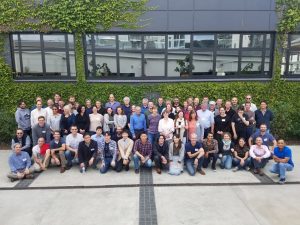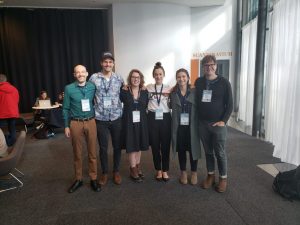Quantifying Sablefish Movement and its Consequences for Fishery Management in the Northeast Pacific
Luke Rogers1,2, Maia Kapur3, Sean Anderson1, Brendan Connors1, Sean Cox2, Melissa Haltuch4, Dana Hanselman4
1Fisheries and Oceans Canada
2Resource and Environmental Management, Simon Fraser University
3School of Aquatic and Fishery Sciences, University of Washington
4National Oceanic and Atmospheric Administration
October 22nd, 2019 9:00 AM (PST): FSH 203
The consequences of spatial mismatch between fish stocks and the scale of management often remain unknown because stock structure is difficult to observe. For transboundary stocks, the difficulty is compounded because spatial mismatch may occur at political as well as ecological boundaries. Sablefish (Anoplopoma fimbria) are a highly mobile species that support valuable commercial fisheries. While their range spans the North Pacific continental margin, Sablefish are managed as independent stocks in Alaska, British Columbia, and the US West Coast. Although differences in growth rates and size-at-maturity occur across their range, low genetic differentiation suggests Sablefish constitute a single panmictic population in the northeast Pacific. To inform Sablefish stock structure, we ask: with what annual probabilities do Sablefish move among Alaska, British Columbia, and the US West Coast; have these probabilities changed over time; and do movement patterns suggest natural divisions between stock components? We estimate average and time-varying annual Sablefish movement probabilities among management regions using a Markov movement model and four decades of mark-recapture data. We then ask, does Sablefish movement undermine the performance of current management practices in these regions; and could alternative spatial management perform better? We plan to simulate Sablefish dynamics with harvest from a delay-difference operating model under contrasting assumptions about the underlying number of stocks (1–3), number of independent management regions (1–3), degree of juvenile movement between regions (low–high), and degree of adult movement between regions (low–high). This project is ongoing—we welcome feedback particularly to make inference from the simulation analysis management-relevant.


